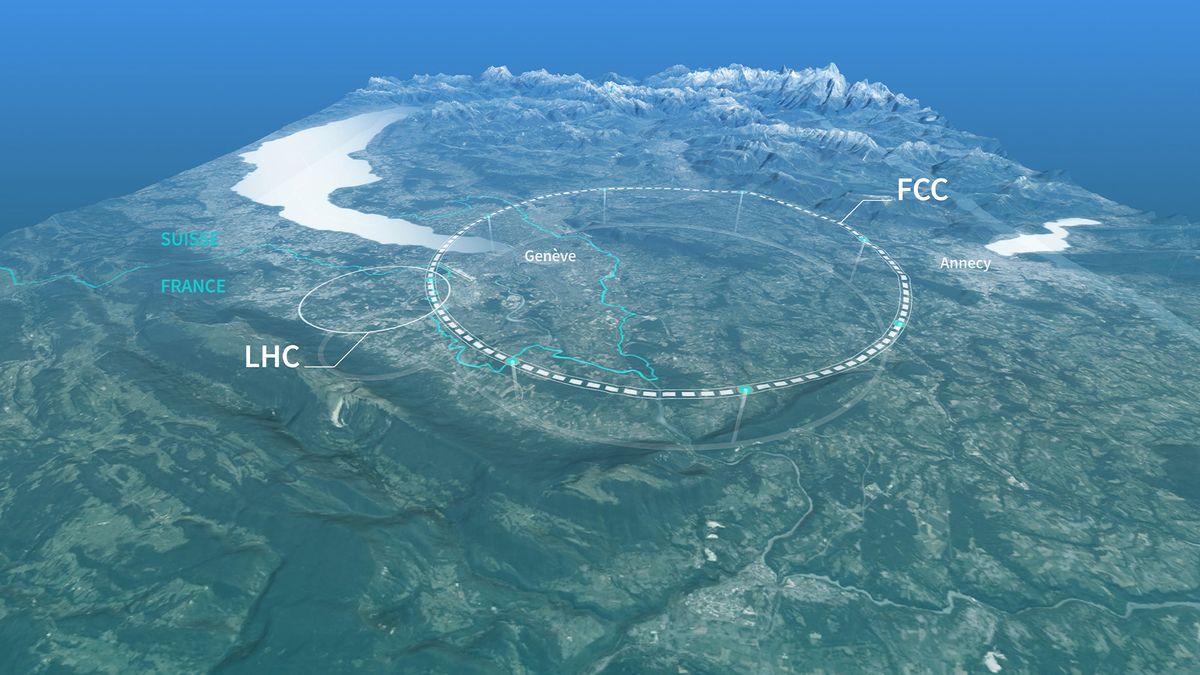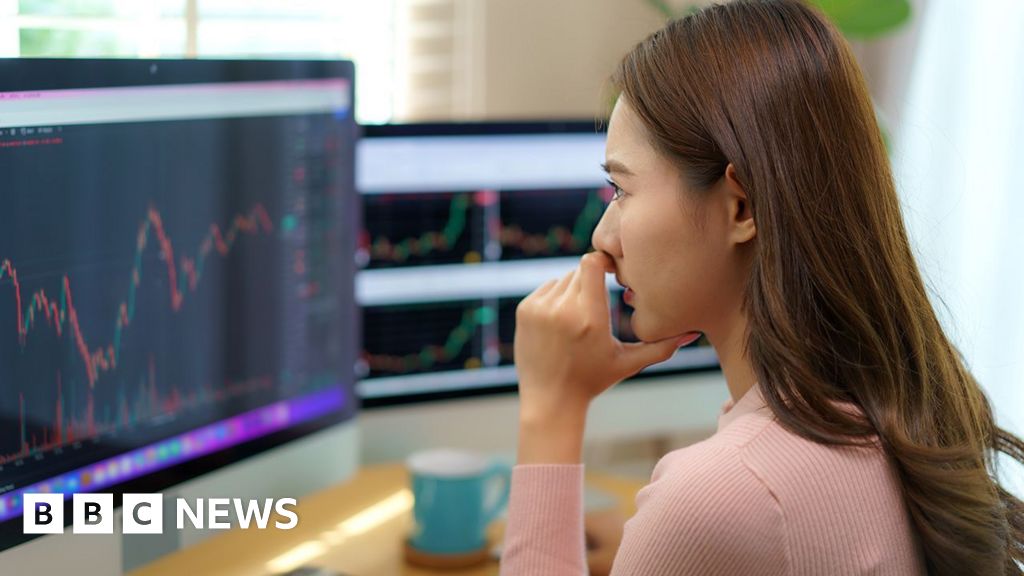Scientists at CERN, the world’s largest particle accelerator, have presented plans for constructing an even larger atom smasher, called the Future Circular Collider (FCC), which would cost $17 billion and stretch across 57 miles (91 kilometers), dwarfing the existing 16.5-mile-long (27 kilometers) Large Hadron Collider (LHC) situated at the European Organization for Nuclear Research (CERN) near Geneva. The purpose of the FCC is to explore the limits of the Standard Model of particle physics, the leading theory that describes the behavior of the smallest components of the universe. By colliding particles at much higher energies (100 tera electron volts, in comparison to the LHC’s 14), researchers aim to unearth new particles and forces, understand the dominance of matter over antimatter, and investigate the properties of dark matter and dark energy, two unseen components believed to make up 95 percent of the universe.”The FCC will not only be a wonderful instrument to improve our understanding of the fundamental laws of physics and nature,” mentioned Fabiola Gianotti, CERN’s director-general, at a news conference. “It will also be a driver of innovation, because we will need new advanced technologies, from cryogenics to superconducting magnets, vacuum technologies, detectors, instrumentation — technologies with a potentially huge impact on our society and huge socioeconomic benefits.””The FCC will not only be a wonderful instrument to improve our understanding of the fundamental laws of physics and nature,” mentioned Fabiola Gianotti, CERN’s director-general, at a news conference. “It will also be a driver of innovation, because we will need new advanced technologies, from cryogenics to superconducting magnets, vacuum technologies, detectors, instrumentation — technologies with a potentially huge impact on our society and huge socioeconomic benefits.”Particle colliders like the LHC collide protons at near light speed while examining rare decay products that could lead to the discovery of new particles or forces. This assists physicists in scrutinizing the fundamental building blocks of the universe and their interactions as described by the Standard Model of physics.Despite the accomplishments of the Standard Model, such as predicting the existence of the Higgs boson, discovered by the LHC in 2012, physicists are unsatisfied with its limitations and continuously seek new physics that may challenge it. This is because the model has significant gaps and cannot explain the origin of gravity, the composition of dark matter, or the prevalence of matter over antimatter in the universe.To unlock these new frontiers, CERN physicists intend to use the sevenfold increase in beam energy of the FCC to accelerate particles to even higher velocities.However, the construction of the detector is still in its early stages. The proposals presented by CERN are part of an interim report on a feasibility study expected to be completed next year. Once the study is finished and if the detector plans move forward, CERN, which is managed by 18 European Union member states, as well as Switzerland, Norway, Serbia, Israel, and the U.K., will likely seek additional funding from nonmember states for the project.Despite high expectations regarding what the new collider could reveal, some scientists are skeptical that the costly machine will encounter new physics.”The FCC would be more expensive than both the LHC and LIGO [Laser Interferometer Gravitational-Wave Observatory] combined and it has less discovery potential,” remarked Sabine Hossenfelder, a theoretical physicist at the Munich Center for Mathematical Philosophy. “It would, at the present state of knowledge and technology, not give a good return on investment. There are presently better avenues to pursue than high energy physics.”Member states are scheduled to meet in 2028 to decide on the project. If approved, the first phase of the machine, which would collide electrons with their antimatter counterparts, positrons, is expected to launch in 2045. Subsequently, in the 2070s, the FCC would commence colliding protons with one another.














